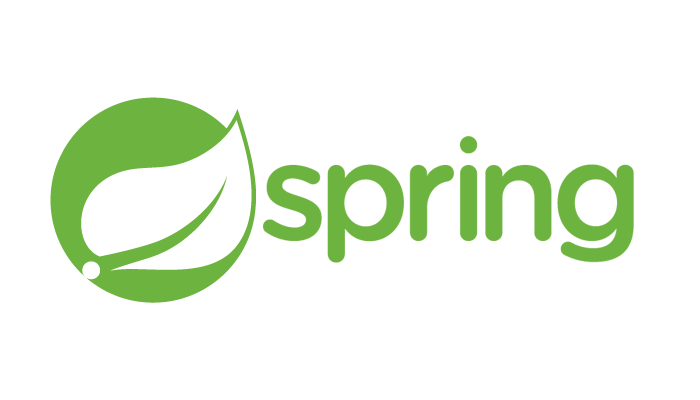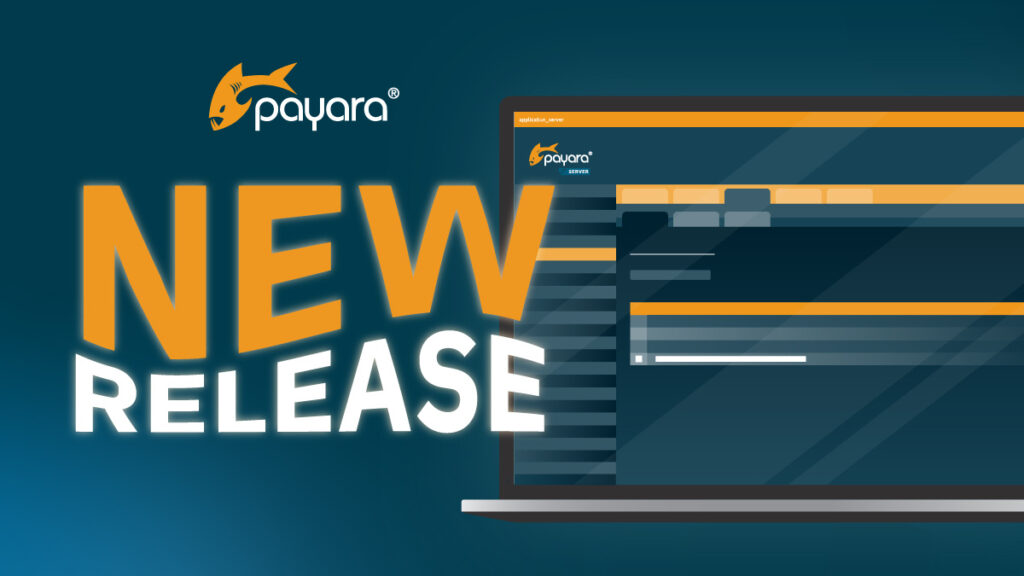 2 minutes
2 minutes
Spring Framework 7.0 and Spring Data 2025.1.0 Embrace Jakarta EE 11 Compatibility
The recent releases of Spring Framework 7.0 and Spring Data 2025.1.0 mark an important milestone for the Java ecosystem, […]

We’ve recently moved the documentation for Payara Server and Payara Micro from its original home in the GitHub project wiki. In doing so, we’ve altered the structure of the pages and introduced new ways to contribute through the GitBook platform.
The new documentation can be found within a GitBook at the following URL:
https://payara.gitbooks.io/payara-server/content/
The source code for the documentation is still hosted on GitHub so that issues can be created against the documentation and pull-requests can be made to contribute any documentation of your own.
The documentation is separated into 3 main sections, General Info (including details on the Payara project), Technical Documentation (concerning the usage of any new features we’ve added, including Payara Micro) and Appendices (any reference pages, currently just old release notes). Technical documentation is then further subdivided as follows:
Payara is versioned based on the year (2 digits) and the quarter (1 digit), such that the version released in 2016 quarter 3 would give a version number of 163, and the version released in 2017 quarter 1 would be numbered 171.
GitBooks supports multiple versions through simple URL manipulation. For example, adding a suffix of ../v/152/ to the root URL would take you to the documentation as it was at the version released in 2015, quarter 2. Viewing any other page will simply append the path after the version number – so, if you were to alter the version number to a previous version where the page did not exist, there would be a 404 error.
Consider the following:
For convenience, we have added a plugin to easily switch between versions using a dropdown box. This gets around the issue of 404s by always redirecting to the Introduction page so, although your place may be lost, you will easily be able to get back to your original place. This version always defaults to the latest released version.
There are several ways of giving feedback on the documentation, the first being inline comments on the book itself. Hovering over each paragraph with the mouse will show an icon to begin a discussion. These discussions can be viewed from the gitbook.com site, however it is not advisable to raise bugs in this way since we are not notified of new discussions.
The better way of raising bugs is to raise an issue against the Payara-Server-Documentation repository on GitHub since this is the source of the book repository.
If you would like to contribute your own documentation, we will very gladly accept your contribution! To make it as easy as possible for your change or addition to be accepted (and properly attributed), we would ask that you follow these steps:
Above all, we really value your feedback! As end-users of Payara Server and Payara Micro, the documentation we provide is for you, so please let us know of any additions or changes you would like to see.
{{cta(‘8a4f0637-38ea-458c-a66c-6307d6f21923’)}}
 2 minutes
2 minutes
The recent releases of Spring Framework 7.0 and Spring Data 2025.1.0 mark an important milestone for the Java ecosystem, […]
 5 minutes
5 minutes
The November 2025 release brings significant milestones across the Payara Platform family. This month includes Payara Platform Community 6.2025.11, […]
 3 minutes
3 minutes
Exploring the Future of AI with the Jakarta EE Community At Payara, we’re passionate about pushing the boundaries of […]